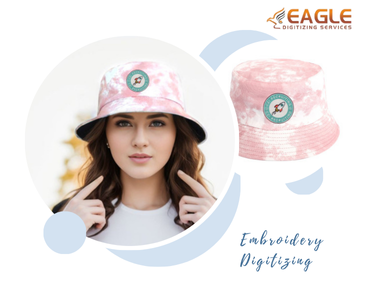Editing Vector Images in GIMP
GIMP, or GNU Image Manipulation Program, is a powerful open-source image editing software. While it excels in handling raster images thanks to its robust suite of tools, it unfortunately is not natively designed to edit vector images directly. However, GIMP can support vector formats to some degree using workarounds and plugins.
Understanding Vector and Raster Images
Before diving into how GIMP can be used with vector images, it is crucial to understand the difference between vector and raster graphics. Raster images are composed of pixels, which makes them resolution-dependent and susceptible to distortion when resized. Conversely, vector images are made up of paths defined by mathematical expressions, which allows them to be scaled infinitely without losing quality. This makes vector graphics ideal for logos, icons, and any artwork that needs to be resized frequently.
GIMP and Vector Image Editing
While GIMP is predominantly a raster graphics editor, you can import and rasterize vector images such as SVG (Scalable Vector Graphics) into GIMP. Once imported, the vector image becomes a raster image, which can then be edited using GIMP’s extensive suite of tools. This allows you to apply all sorts of effects and adjustments that GIMP offers, but the resized result may not retain the sharpness and clarity inherently present in vector formats.
Why GIMP Isn’t Used for Vector Editing
The primary reason GIMP is not directly used for vector editing is its lack of native vector manipulation capabilities. Unlike vector graphics software like Adobe Illustrator or Inkscape, GIMP does not support the creation or modification of vector paths. Therefore, for tasks that specifically require vector editing, such as adjusting anchor points or altering paths, a dedicated vector editor is recommended.
Using Plugins and Additional Tools
Despite these limitations, it is possible to use GIMP in conjunction with vector graphics software. Some plugins enable better compatibility with vector formats, allowing users to import and export vector files more effectively. Alternatively, you can edit your vector files using software like Inkscape and then import them into GIMP for further raster-based editing. This hybrid approach allows users to take advantage of each software’s strengths.
Vector Conversion Services for Comprehensive Editing
If your project involves extensive vector editing beyond basic manipulation, utilizing vector conversion services might be the most efficient solution. These services can convert raster images into vector formats, offering you design flexibility. For instance, Eagle Digitizing provides a range of vector-related services such as raster to vector conversion, vector tracing, and even vector logo design. This allows businesses, especially those engaged in printing and promotional activities, to procure high-quality, scalable graphics that suits their specific needs.
Pitfalls and Considerations
When working with vectors in GIMP, one must consider the limitations imposed by converting the vector to raster. Changes in scale and detail might not be as fluid or precise compared to working natively in a vector format. Therefore, it's important to plan your design process accordingly and utilize the right tools at each stage of image manipulation.
Future of Vector Editing in Hybrid Platforms
As open-source tools continue to evolve, the integration between different types of graphic software may improve. This could bridge the gap between raster and vector editing capabilities, offering a more unified editing experience. In the meantime, combining GIMP with tools like Inkscape or seeking professional vector conversion services remains a practical strategy. This approach ensures that designers and businesses can continue to deliver high-quality, versatile graphics across varied platforms and media.
.png)

.png)
